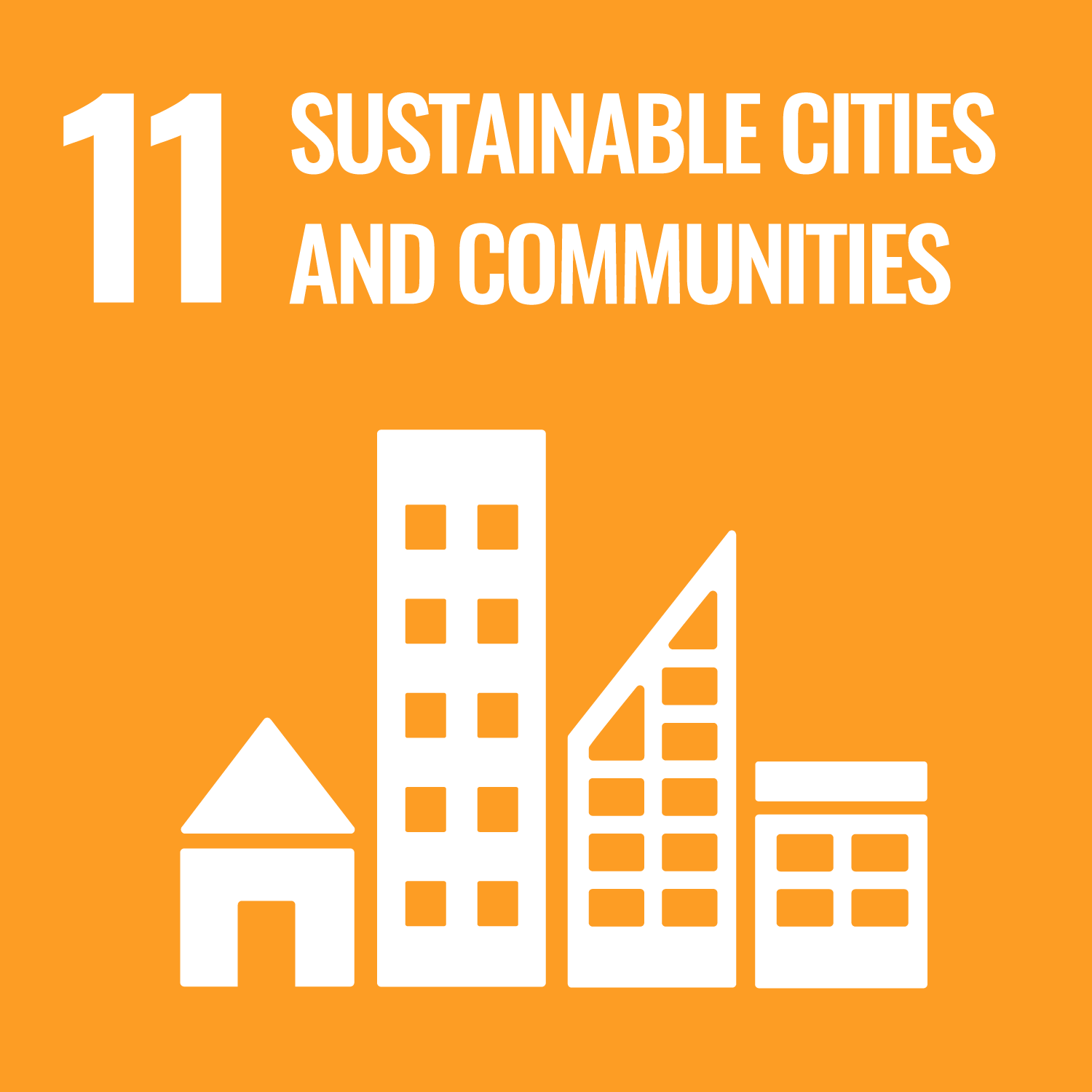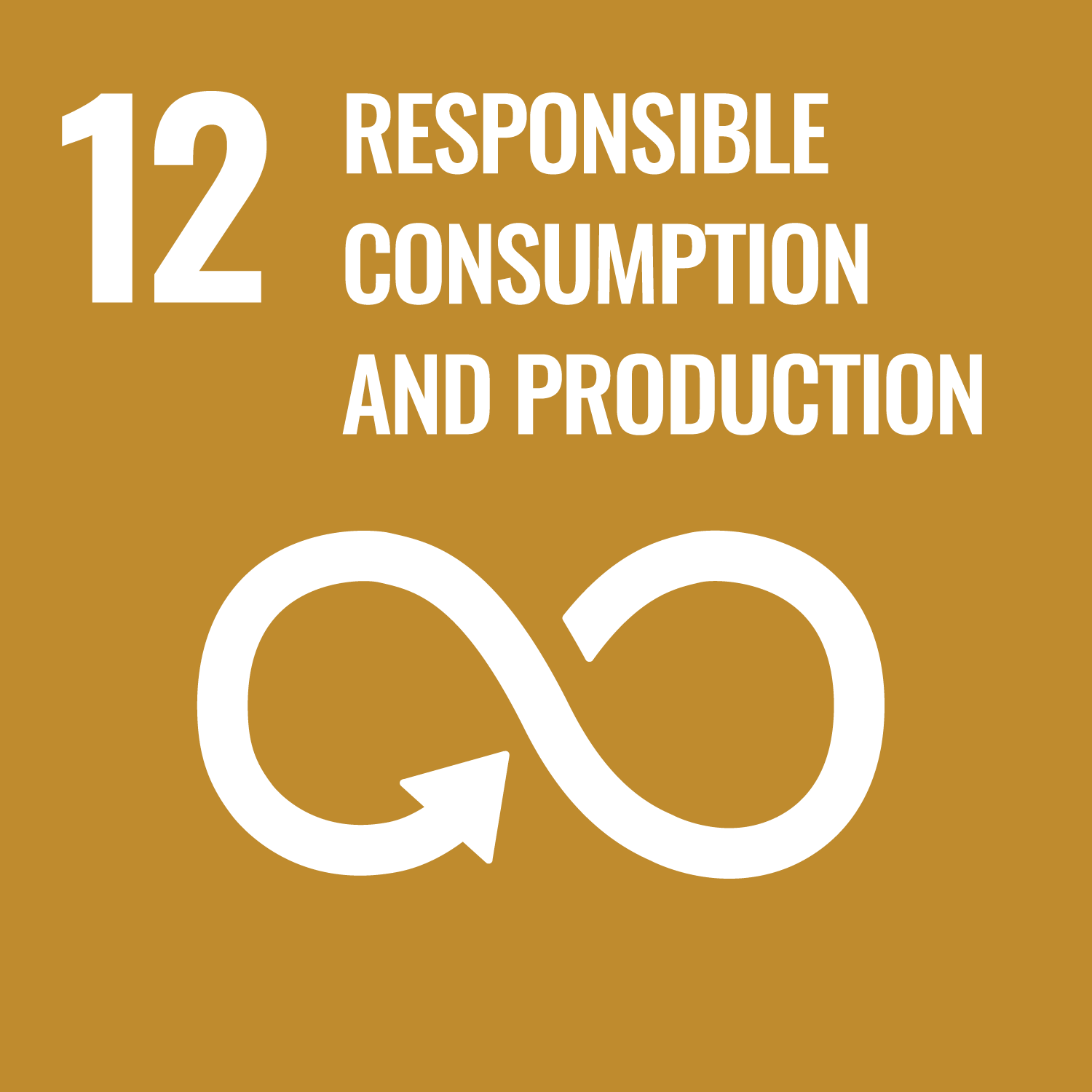LCS-FY2022-PP-09
An Assessment and Analysis of Regional Economy and Employment in relation to EV Production Increase based on the Chubu Inter-prefecture Input-Output Table
Summary
As is well known, the automobile industry is the key industry of Japan. It influences many machinery-related firms that provide automobile components and accessories. On the other hand, electric vehicles( EV) are expected to play a main role in the future carbon neutral society. The major components of EV are completely different from those of conventional engine vehicles. Batteries and electric motors replace internal combustion engines. This replacement causes substantial structural changes in the automobile industry, related industries, and employment. Since the automobile industry and related machinery industries are concentrated in the Chubu region, the assessment of such economic and societal impacts should be carefully investigated and policy makers should consider the potential options to deal with future changes. Multi Regional Input-output analysis (MRIO) is mostly applicable when assessing interactions between industry sectors and regions. As MRIO has not been published since 2005, researchers have been forced to develop it by themselves.
In this report, the 2015 MRIO for the Chubu region( nine prefectures) is estimated based on the 2005 MRIO of the Chubu region and the 2015 IO tables for each prefecture. The passenger vehicle sector is further disaggregated into“ conventional engine vehicles,” "hybrid vehicles( HV),”“ plug-in hybrid vehicles( PHV),” “battery electric vehicles( BEV),” and“ fuel-cell vehicles( FCV).” The economic impacts as well as employment changes are then estimated by prefecture and by industry.
The results show that the penetration of EV reduces the economic output of the automobile industry and related machinery industries by 0.81 trillion yen in Aichi Prefecture, 0.2 trillion yen in Mie Prefecture and 0.45 trillion yen in the rest of Japan. The impacts on employment are estimated as 113,000-person decrease in the automobile industry and related industries in total, while new employment for 71,000 people is generated in industrial electric machinery and other electric equipment sectors.
Since new information service business opportunities thanks to EV penetration are not included in this study, this employment loss will be recovered when new information businesses enter the transportation sector.
It is suggested that the promotion of the integration of information and transportation will be a key policy in the future.





